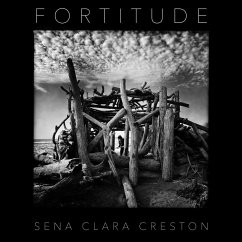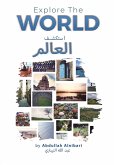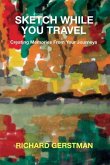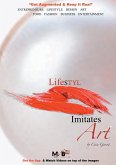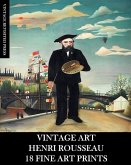Fortitude is a series of images of impromptu driftwood huts taken over five years on mostly the same California beach. The enterable huts project security and fantasy, offset by precarious construction of dilapidated materials in an eroding landscape to create a sense of unease for environmental uncertainty. Fortitude displays the collective history of driftwood from familiar natural and manipulated sources. Images reveal pieces washed out and up as full-grown unadulterated trees with original twists, turns, knots, and rings; displaced by fire with lingering cubic charcoal patterns; and lumbered with straight lines and right angles, only to fall into disrepair, be torn down, put in the trash, and washed out to the pummeling ocean and back to shore with the rest of the driftwood. The huts are a revolving collaboration between trees, ocean, sand, wind, weather, and strangers. As the seasons change; beach geography welcomes new bounty; windswept sand reveals, conceals, and fells old pieces; people move the manageable; and rising tides reclaim the rest. Fortitude is a portmanteau of fort and attitude, and a word describing the resilience required to seek and sustain shelter, safety, and solitude on this entropic planet. The huts show the human instinct to build these social sculptures, evolving from one person securing the tallest sturdiest deepest log, to others adding secondary supports, to anyone passing by entwining ceiling beams, wall struts, spare rooms, vestibules, furniture, design, and sculptures. The huts take seconds, minutes, hours, days, weeks, months, or years to go through construction and destruction; each one inspiring new offspring from previous parts and plans. Driftwood beach huts evoke feelings of freedom and fantasy to make a stake at the end of the earth. Huts mean we live here, but only for a small, special period of time. The filigree of unwieldy wood suggests illustrated forests describing the ultimate freedom of a childhood fort. There is a secondary sad secret allusion to the fortitude required to keep building secure structures as they continuously get taken away. The huts feel dangerous and vulnerable, and we know their failure is inevitable. Soon after the huts get built, occupied, and enjoyed; they will fall from tempestuous weather, rising tides, shifting sand, and the poaching of one hut's wood for another. The beach itself dissolves over time; the sand constantly gets washed away and pushed ashore, river outlets get rerouted, and the coastal line continuously erodes. Fortitude displays the (un)natural and (de)constructive lives of large trees in this liminal landscape between where we were, where we are, and where we are going; inviting viewers to experience, empathize, and engage with their role in the imminent. These images of trees as (in)secure structures in a visibly deteriorating environment communicate their need to be protected to provide protection.
Bitte wählen Sie Ihr Anliegen aus.
Rechnungen
Retourenschein anfordern
Bestellstatus
Storno

